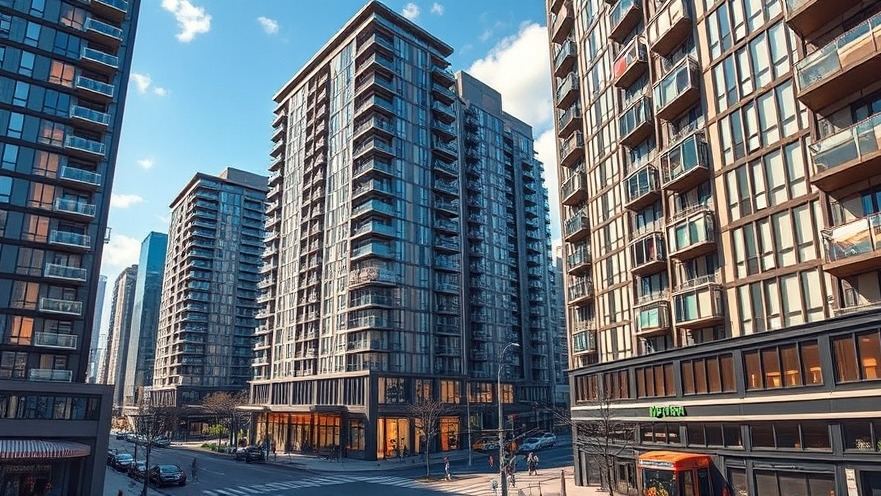
Understanding Mixed-Income Apartments: An Overview
In the heart of Dallas, residential projects supported by Tax Increment Financing (TIF) District funds hold the promise of a more inclusive community through mixed-income apartments. These developments are designed to cater to individuals and families earning up to 80% of the Area Median Family Income (AMFI), as set by the U.S. Department of Housing and Urban Development (HUD). This initiative is crucial, especially in a city where the cost of living can be prohibitive. By ensuring that 30% of the rents are capped to align with this income bracket, the Dallas TIF program aims to foster a blend of economic backgrounds within its neighborhoods.
Why Mixed-Income Housing Matters
Mixed-income housing isn’t just about providing affordable options — it’s about creating stable communities where economic diversity can flourish. It plays a significant role in reducing poverty concentration, enhancing local economies, and fostering social interaction among different income groups. When residents of varying financial backgrounds live side by side, it cultivates a sense of community and shared responsibility.
The Role of TIF District Funds
Tax Increment Financing (TIF) Districts have become vital in Dallas' urban development strategy. They allow the city to allocate a portion of future property tax revenues to finance developments like mixed-income apartments. This not only boosts the local economy by attracting more residents but also ensures that these new developments include affordable units. As Dallas continues to grow, TIF funds could play an even more critical role in maintaining a balance between economic growth and affordability.
Challenges and Opportunities in Dallas' Housing Market
Despite the positive intentions behind TIF-funded mixed-income apartments, challenges persist. The Dallas real estate market is marked by rapid development and rising rents, creating tension between affordability and desirability. The demand for housing continues to soar, and while TIF projects contribute positively, they may not fully bridge the gap in the city’s housing crisis. This dynamic presents opportunities for more innovative financing and collaborations between the city, developers, and community organizations to ensure sustainable living options are available for all.
Community Impact: Real Stories
To understand the real impact of these apartments on individuals and families, it's important to look at success stories from residents. One resident in the area shared how moving into an affordable unit within a mixed-income complex allowed her to stabilize her family's finances and become actively involved in her community. These firsthand accounts highlight the importance of not merely constructing buildings, but creating homes where people can thrive.
Future Predictions: What Lies Ahead for Dallas?
The future of mixed-income apartments in Dallas appears promising but requires sustained commitment from all stakeholders involved. As the demand for affordable housing grows, developers and city planners will need to innovate and explore new avenues for funding and support. Additionally, community-based initiatives aimed at fostering inclusivity within these developments can enhance their impact further.
Taking Action: Engaging with Local Resources
For residents looking to navigate the mixed-income housing landscape in Dallas, tapping into local resources can be invaluable. From understanding eligibility requirements for affordable units to connecting with services that offer financial assistance, the Dallas Chamber of Commerce and various local nonprofits provide essential information.
Why the Dallas Business Community Should Care
Dallas' vibrant business ecosystem stands to gain from the growth of its mixed-income housing sector. As new residents settle in, spending power increases, potentially benefiting local businesses. Furthermore, establishments that prioritize diversity and inclusion can attract a broader pool of talent who feel valued and represented in the workplace.
In conclusion, mixed-income apartments in TIF districts serve as a vital lifeline for many residents in Dallas. As the conversation about urban development continues, it's crucial to recognize the intersectionality of housing, community, and economic growth. The Dallas community needs to stay engaged and informed to ensure that the development goals meet the needs of all its residents.
 Add Element
Add Element  Add Row
Add Row 



Write A Comment